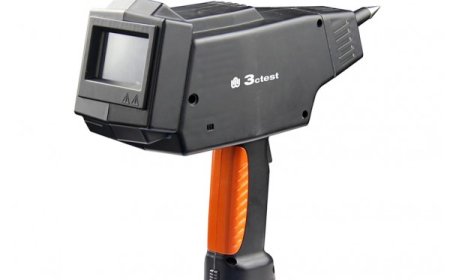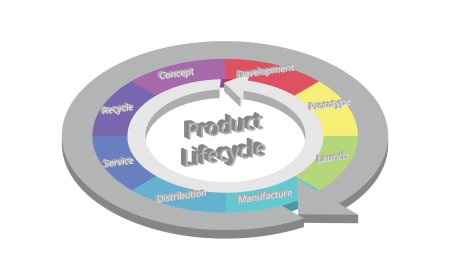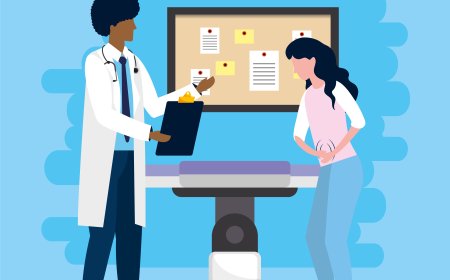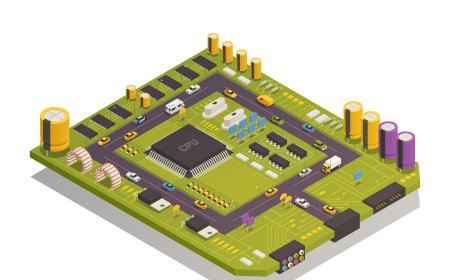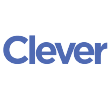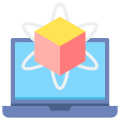- Understand the fundamental properties of machining materials such as steel, aluminum, brass, and plastics.
- Learn how to select the appropriate cutting tools based on material characteristics like hardness and machinability.
- Gain practical experience in adjusting machining parameters (speed, feed rate, depth of cut) for different materials to optimize tool life and efficiency.
- Explore the impact of material properties on cutting tool performance and wear through XR-based simulations.
- Develop skills in troubleshooting machining challenges such as tool wear and material deformation during the cutting process.
imaginX is used by many amazing schools and universities
University / College

